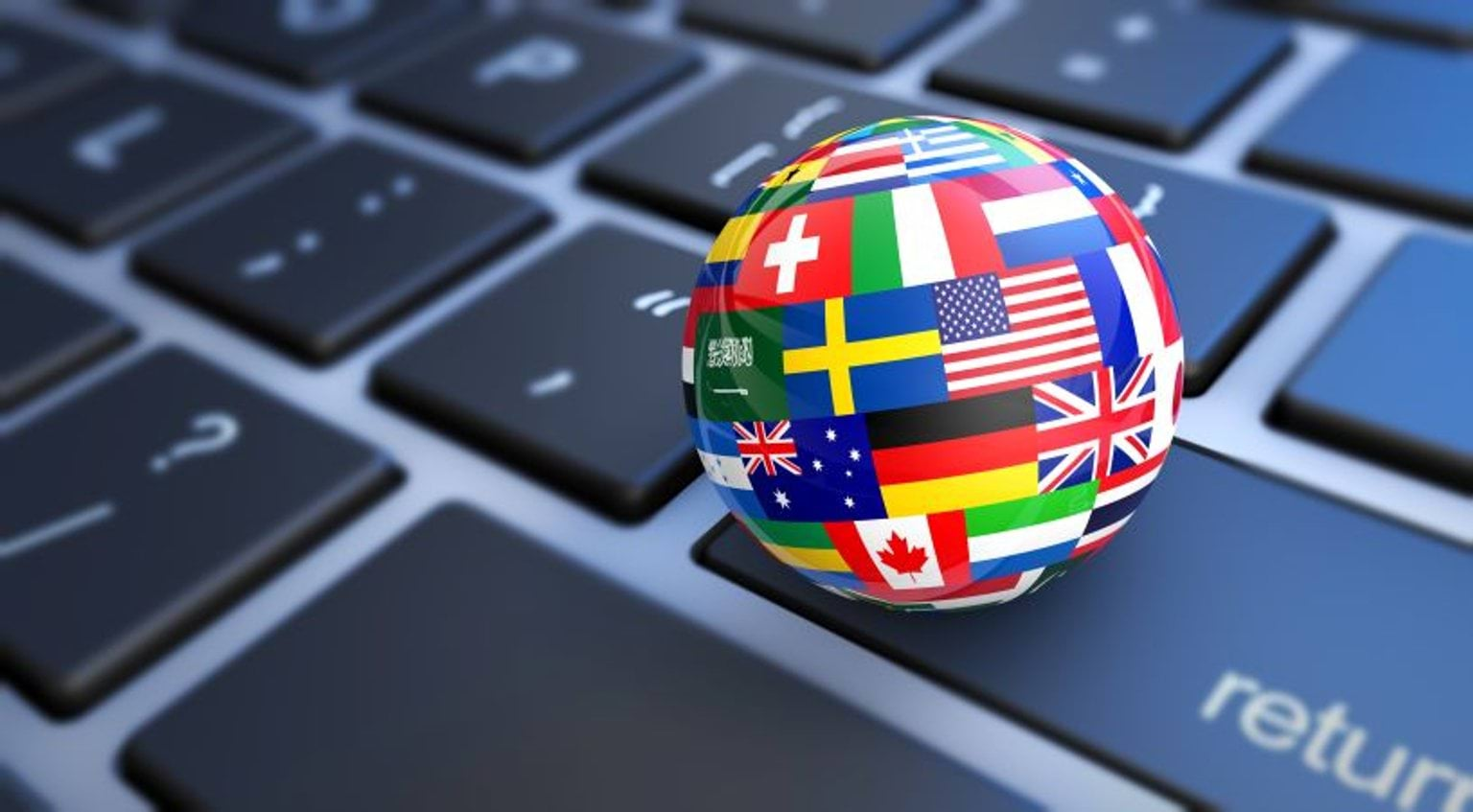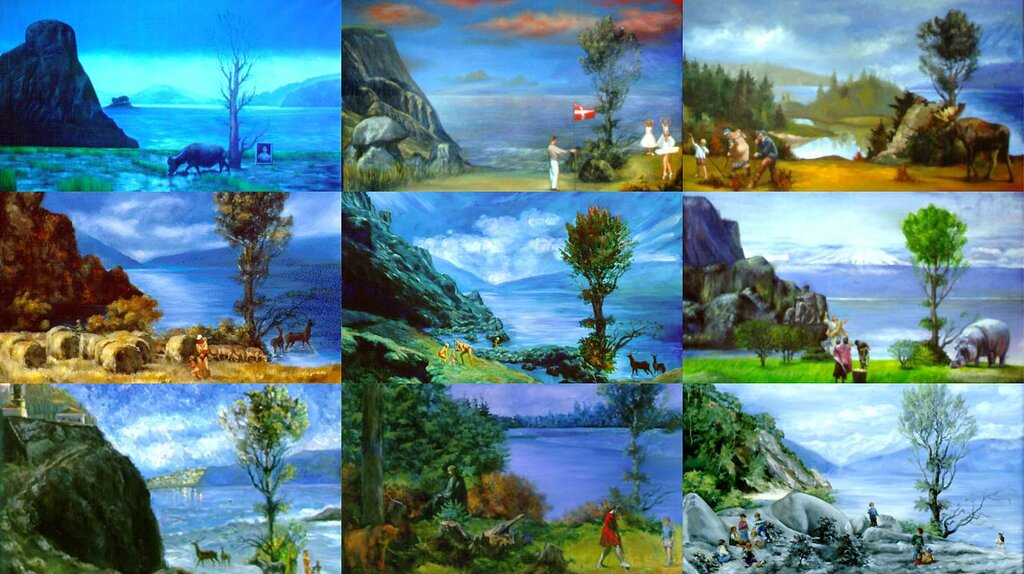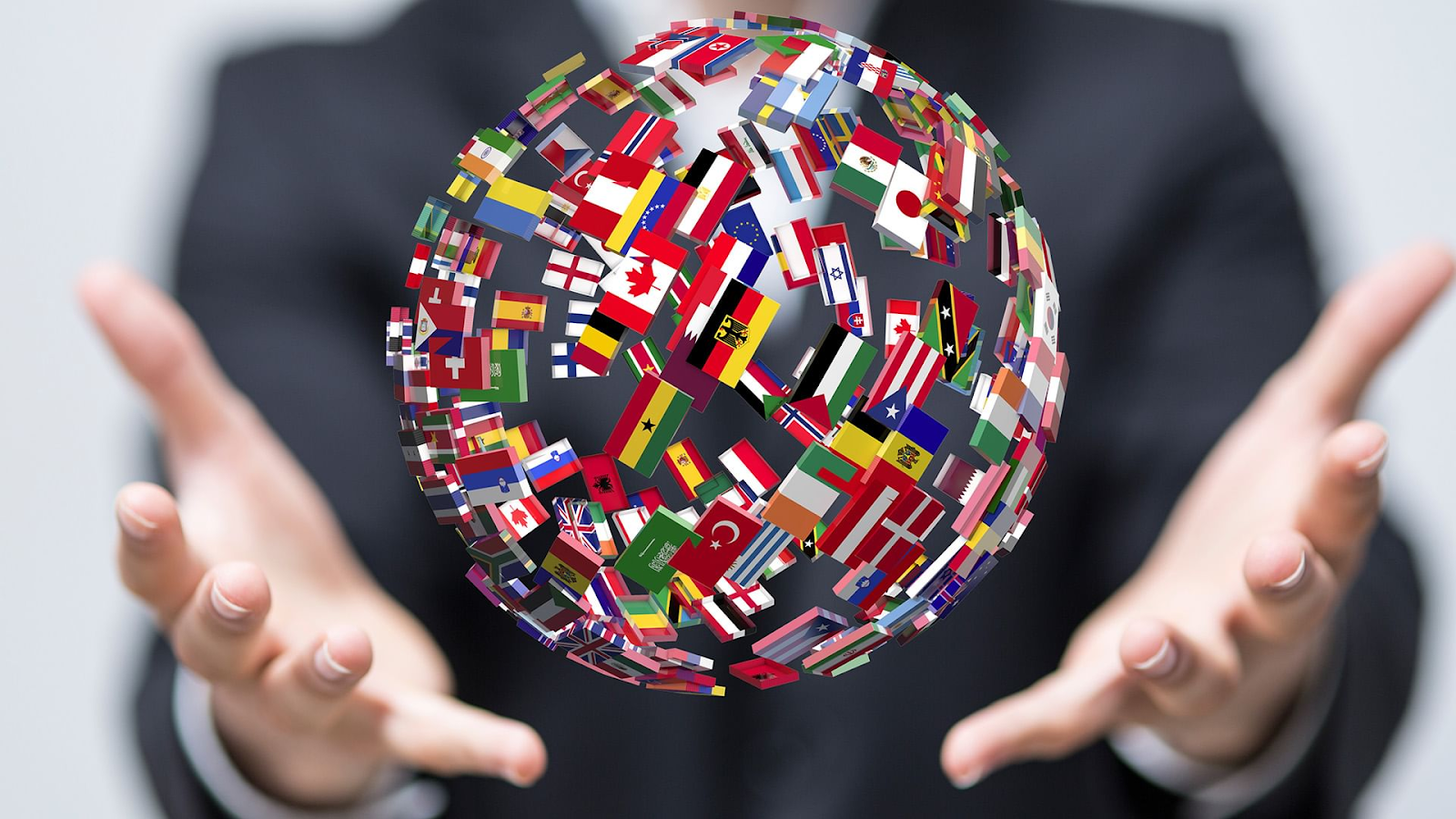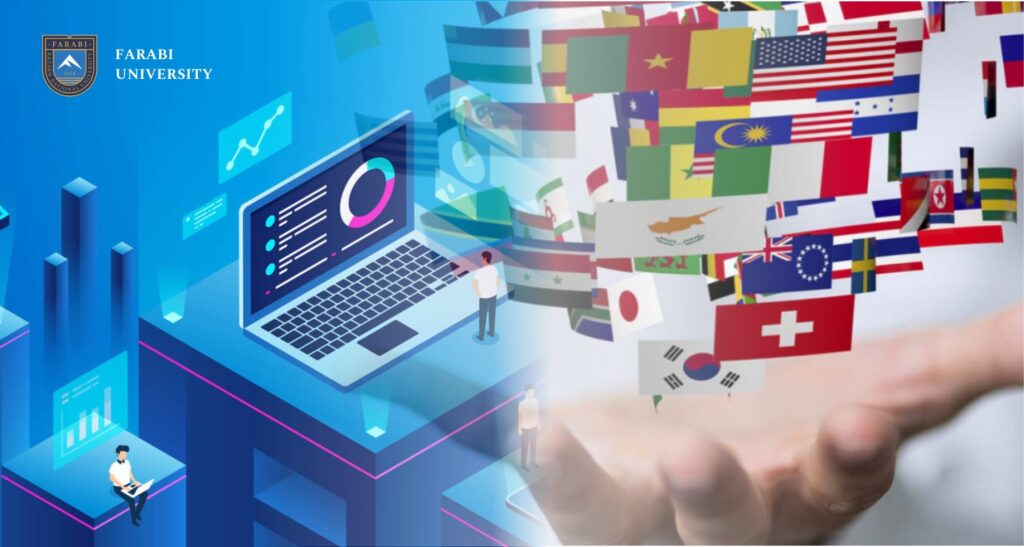“Çeviri,” the Turkish word for “translation,” refers to the process of converting text or spoken language from one language to another. Translation is a skill that involves not only the knowledge of different languages but also an understanding of cultural context, syntax, and linguistic nuance. It plays a vital role in bridging cultural divides, facilitating communication, and making knowledge and literature accessible across linguistic boundaries. Here’s an exploration of the importance, challenges, and evolution of “Ceviri” in the modern world.
1. The Purpose and Importance of Translation (Çeviri)

Translation has always been essential for cross-cultural exchange. Whether for business, education, literature, diplomacy, or daily communication, çeviri enables individuals to understand each other, regardless of language barriers. In a globalized world, where international travel and digital communication connect people from various backgrounds, translation is more critical than ever.
In Turkey, for instance, çeviri helps citizens engage with global culture, literature, and information. Translations of scientific papers, novels, films, and news articles bring insights from around the world to Turkish audiences. Moreover, çeviri plays a fundamental role in diplomacy and international relations, enabling Turkish representatives to communicate and negotiate effectively with foreign nations.
The role of çeviri also extends to the preservation of culture and heritage. Translating Turkish literature, folk tales, and historical documents into other languages helps share the country’s rich heritage with the world, fostering a deeper understanding of Turkish culture and history.
2. Types of Translation and Their Unique Challenges
Ceviri can be broadly divided into different types: literary, technical, legal, medical, and audiovisual translation, each with its unique challenges.
- Literary Translation: Translating literature is perhaps one of the most challenging forms of çeviri because it requires not only linguistic expertise but also a deep understanding of the author’s style, tone, and intention. Translators must balance staying true to the original text with making the work resonate culturally with a new audience. For example, when translating Turkish poetry into English, a translator might struggle to convey specific cultural nuances, metaphors, or rhymes, which may not directly correspond to the target language.
- Technical Translation: This type of çeviri involves translating documents related to science, technology, and engineering. Translators must be familiar with technical terminology and ensure that complex instructions or concepts are accurately communicated. Given that Turkey is a growing hub for technology and innovation, technical translation is increasingly in demand, especially for companies working with international clients.
- Legal Translation: Legal documents, such as contracts, court judgments, and agreements, require precise çeviri, as any mistranslation can have serious legal implications. Translators working in this field need to understand both the legal system of the source and target languages. For example, translating Turkish legal documents into English or vice versa requires familiarity with the laws and legal terminology of both Turkey and the English-speaking countries.
- Medical Translation: Medical çeviri involves translating patient records, research studies, and medical literature. This requires a high level of precision to avoid any potential health risks arising from misunderstandings. With Turkish doctors and researchers collaborating internationally, especially in fields like biotechnology and pharmaceuticals, accurate medical translation is vital.
- Audiovisual Translation: This type includes subtitling and dubbing for films, TV shows, and online content. Audiovisual çeviri is particularly significant in the entertainment industry, where Turkish media is gaining international popularity. Audiovisual translators need to keep the content’s tone, pacing, and cultural elements intact while fitting the translation into a limited time frame for subtitles or matching mouth movements for dubbing.
3. The Challenges of Cultural Nuances in Çeviri

One of the biggest challenges in çeviri is conveying cultural nuances. Each language reflects the history, values, and social norms of its speakers, and direct translations often fall short in capturing these cultural subtleties. For instance, certain idioms or proverbs in Turkish may not make sense if translated literally into English, and vice versa. Translators must find equivalent expressions that convey the intended meaning and cultural context without distorting the original message.
Consider a phrase like “dil yâresi” in Turkish, which translates to “tongue wound” but means “hurtful words.” This idiomatic expression has no direct English equivalent, so a translator would need to find a phrase that conveys the emotional impact, such as “words that sting.” Similarly, Turkish cultural references to traditional foods, holidays, or folklore may not have direct counterparts in other languages, and translators must creatively adapt these elements to maintain the reader’s understanding.
4. Advances in Technology and Their Impact on Çeviri

Technology has transformed the field of Ceviri over the past few decades. The rise of machine translation (MT) tools, such as Google Translate, has made it easier for individuals to translate texts quickly and for free. However, these tools often lack the nuanced understanding of language needed to produce high-quality translations. Machine translation is useful for getting the gist of a text, but it may struggle with idiomatic expressions, slang, or complex sentence structures.
To address these limitations, computer-assisted translation (CAT) tools like SDL Trados and memoQ have become standard in the industry. These tools allow translators to work more efficiently by suggesting translations based on previously translated segments, creating term bases, and maintaining consistency across large projects.
Artificial intelligence (AI) is also beginning to play a role in çeviri. Some advanced machine translation systems are using neural networks to improve accuracy and fluency, and AI-powered systems can now produce translations that are far closer to human quality than in the past. For instance, DeepL is an AI-based translation tool known for producing more accurate and contextually appropriate translations than many other automated tools. However, these systems are still limited, and human expertise remains essential, particularly in fields requiring high accuracy, such as literature or legal translation.
5. The Role of Professional Translators in an Automated World

While machine translation technology has advanced significantly, professional translators continue to play a crucial role in the field of çeviri. Automated tools are far from perfect, especially when it comes to complex texts that require a nuanced understanding of culture and emotion. Professional translators bring human sensitivity, creativity, and cultural awareness to their work, which is especially important in contexts where language shapes perception and meaning.
In Turkey, the need for skilled translators is growing, especially in sectors such as business, law, and education. Professional translators also contribute to Turkish culture by translating significant foreign works into Turkish and vice versa, facilitating cultural exchange. For instance, when Turkish authors like Orhan Pamuk or Elif Shafak are translated into other languages, translators play a key role in conveying the depth and richness of their works to an international audience.
6. The Future of Ceviri and Emerging Trends
Looking ahead, the future of Ceviri appears to be a blend of human expertise and machine assistance. As machine translation systems improve, they are likely to handle simpler and repetitive translation tasks, while human translators focus on complex texts requiring deep cultural and linguistic understanding. In Turkey, as in other parts of the world, this integration of technology is expected to increase efficiency and broaden access to translation services.
Another trend is the growing demand for localization, where çeviri goes beyond language to adapt content to the cultural context of the target audience. For example, a marketing campaign for a Turkish brand aimed at an international audience might require more than direct translation—it may need to be tailored to suit cultural preferences and values of different regions.
In summary, çeviri is an essential practice that goes beyond mere word-for-word translation, offering a bridge between languages, cultures, and ideas. As technology continues to shape the industry, the role of the translator remains vital, ensuring that translation remains an art that captures the nuances and spirit of each language.


